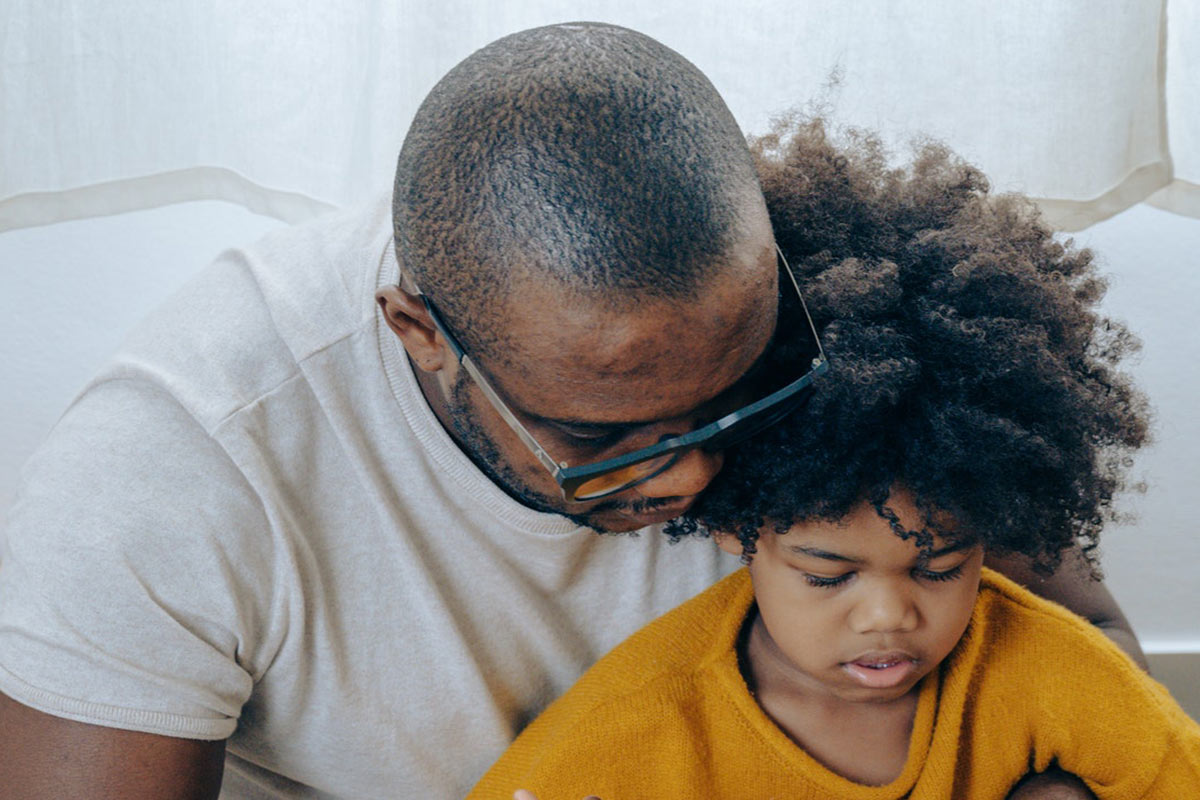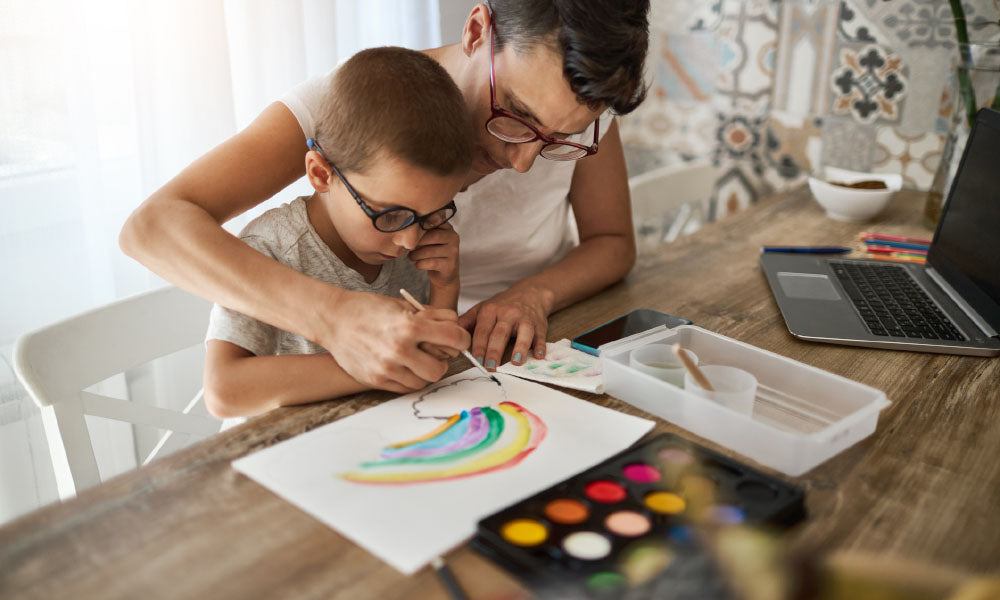By our nature, humans must be problem solvers: From our very first moments on earth, we have to figure our way around challenges, be willing to change course, and must absorb feedback from experiences. But, that’s not to say problem solving always comes easily to adults—let alone children.
Thankfully, the ability to look at problems and willingly find solutions is a skill that can be strengthened. Not only can that make daily life easier, but research also shows that problem solvers perform better in school and have more self-esteem.
Whether it’s something like learning how to put on their own clothes or dealing with a dispute with a sibling, the good news about helping your children learn to solve problems is there are lots of opportunities to practice!
On its face, solving a problem is a lot like conducting an experiment. Here are the steps broken down from The Incredible Years, a research-based educational program.
- Identify the problem.
- List the possible solutions or courses of action.
- Weigh the possible solutions.
- Choose a solution to try.
- Put the solution into practice.
- Evaluate the solution.
However, knowing the steps is different than making a habit of doing the steps. As a parent, you don’t have to leave your child’s ability to solve problems to chance. Here is what you should know about problem solving and how you can foster the skill in your children.
Be willing to model problem solving
We all know that children learn a lot by observing the adults around them—so consider explaining to your child what’s going on and walking them through the steps you are taking to solve a problem. At your own comfort, this can even include letting your child see a conflict you are trying to resolve. As Elizabeth Gutierrez from Michigan State University wrote, “Children can learn how to be assertive verbally as a result of seeing and listening to how adults resolve conflict.”
Help them name their problems
When the time comes for your child to solve a problem, the first step of “identifying” the obstacle is truly key. Why? You have to know what you are dealing with before you can begin to break down the solution. For example, if your child is having trouble opening up their water bottle, start by saying something like, “I see you can’t open the lid on the water bottle because the lid is on too tight. What could we do to loosen the lid?”
Encourage curiosity about the solutions
Curiosity itself is a hugely important trait and plays an essential role in problem solving. By asking a leading question when you identify the problem—like “What could we do to loosen the lid?”—you are giving your child permission to stop and think instead of instantly claim defeat. Make the hypothesis stage fun by putting any ideas on the table. In this example, can you run the lid under water? Use something to grip the lid?
Embrace the process
For kids (or any of us!), it can help to take the emphasis off the end result and put it instead on the joys of trying something new. Yes, while the objective may be successfully problem solving, the real benefits come from the trial and error process in which kids develop senses of grit and agility. As Jennifer Bashant, Ph.D. said in the Journal for Leadership Instruction in 2014, “It is important for students to understand that it is ok to feel confused when learning something new, and actually, it is expected. We can teach students that making mistakes or taking a long time to complete an assignment is a normal part of learning, not a sign of failure.”
As parents helping our kids, that can be applied by celebrating the effort they are making to solve their own problems—regardless of the outcome. Once kids begin to see themselves as capable, they will want to take on even more challenges, which results in a positive system of curiosity and confidence.



